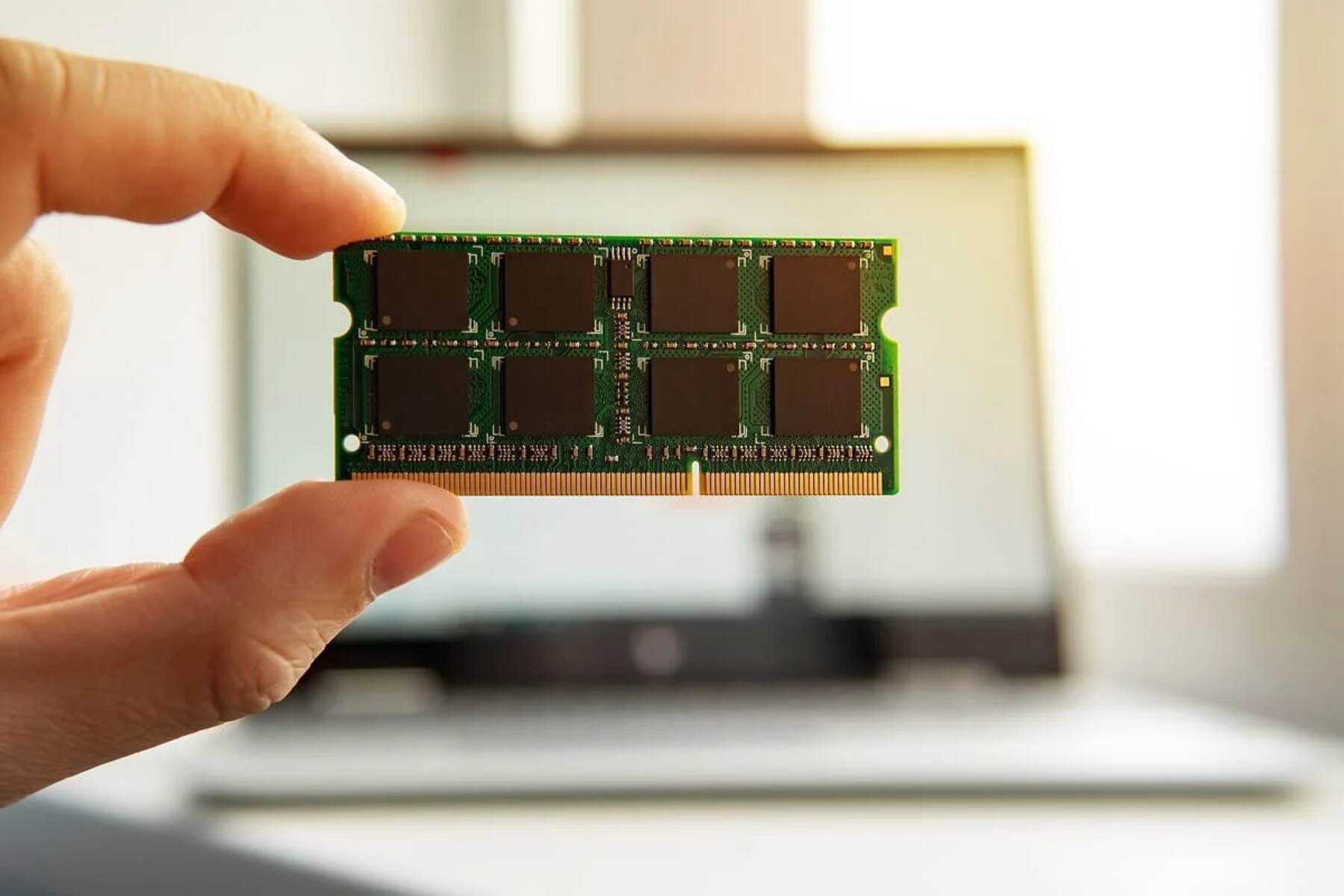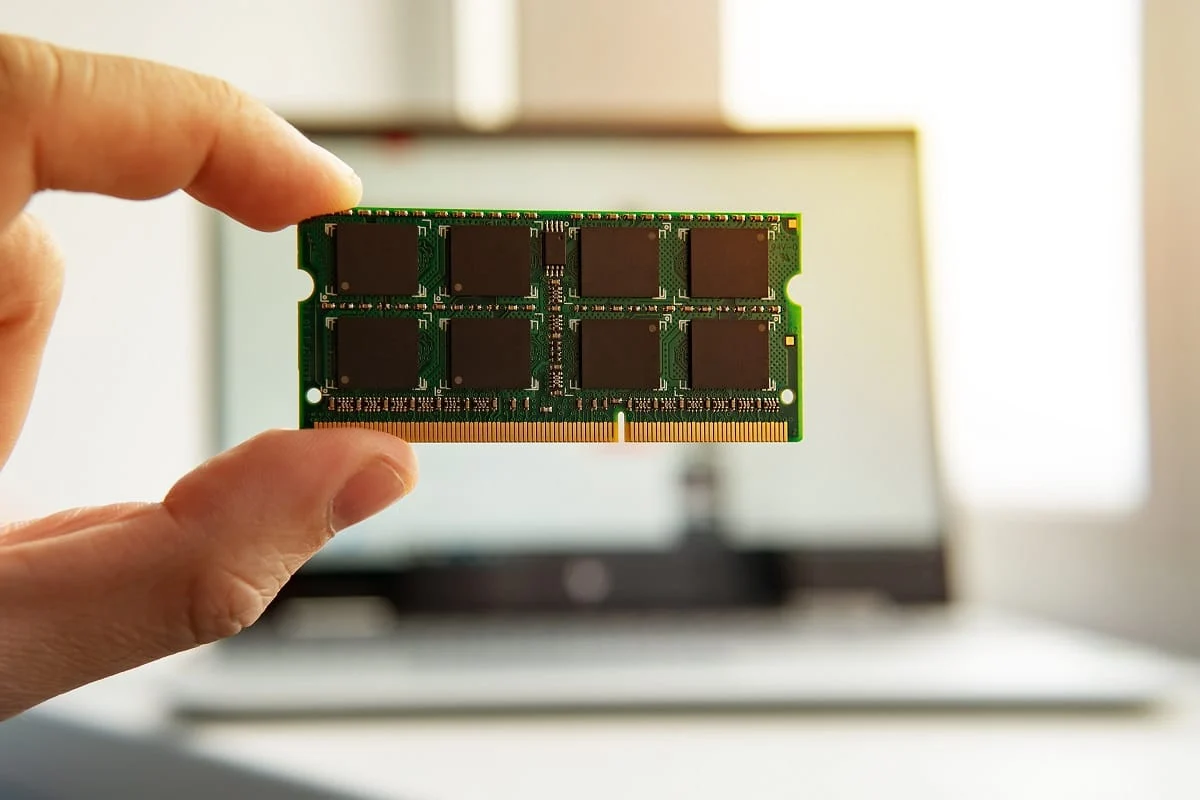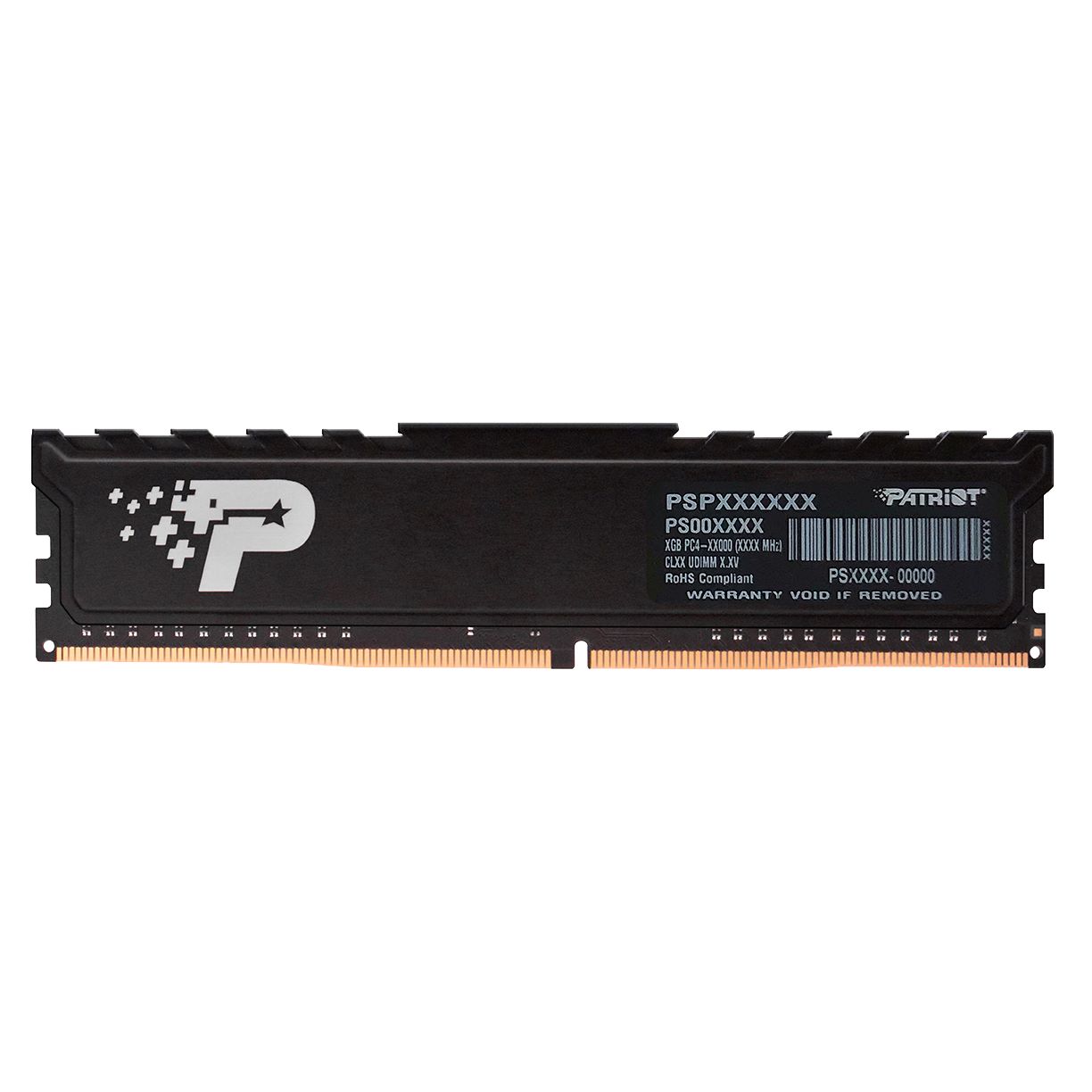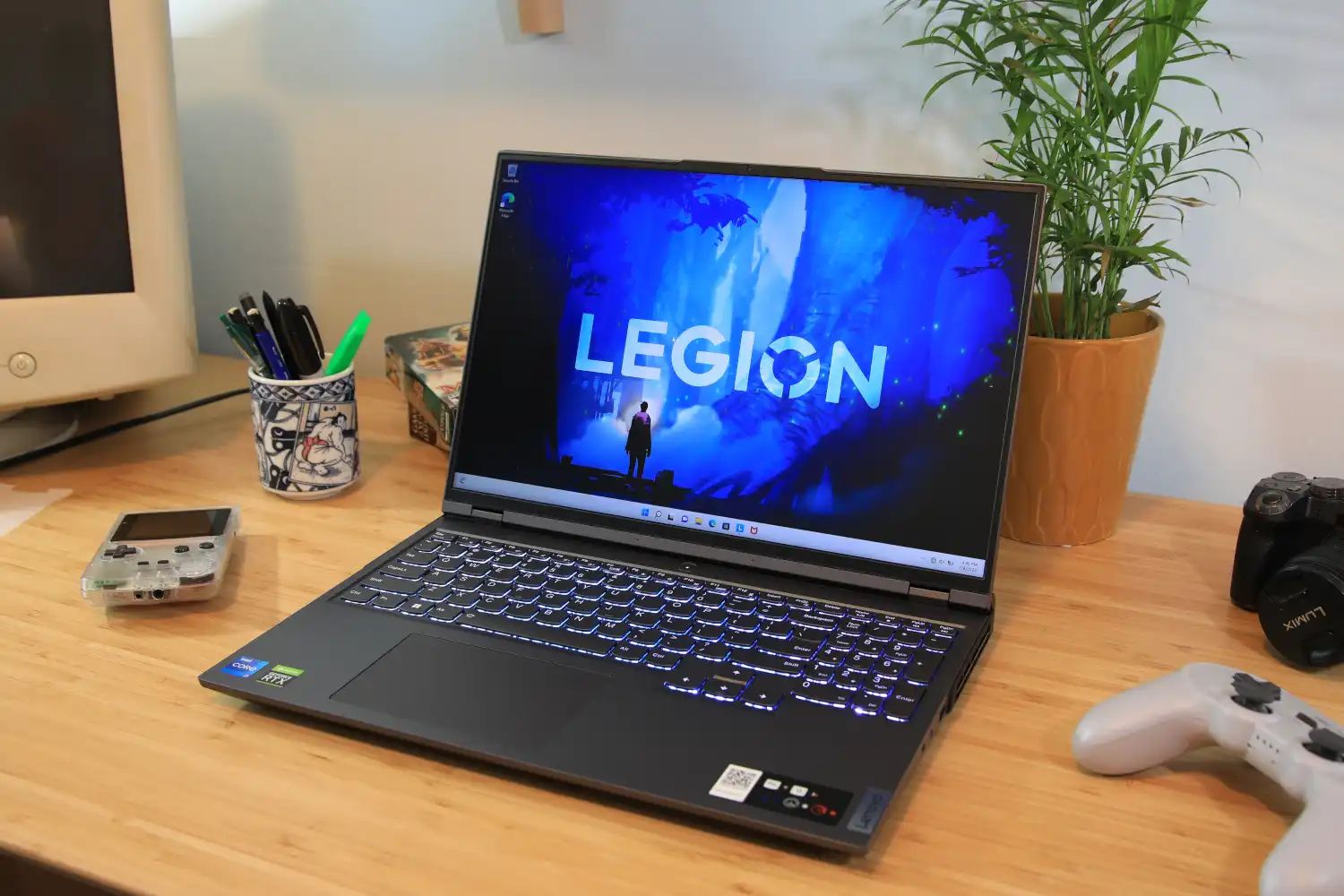Introduction
When it comes to optimizing the performance of your Windows 10 computer, understanding the role of RAM, or Random Access Memory, is essential. RAM plays a crucial role in the overall speed and responsiveness of your system, and knowing how much RAM Windows 10 takes can help you make informed decisions about your computer’s hardware and resource allocation.
RAM serves as a temporary storage space for data that your computer actively uses while running programs and performing tasks. It allows your computer to quickly access and process information, providing a smooth and efficient user experience. Windows 10, being a resource-intensive operating system, utilizes a significant amount of RAM to ensure optimal performance and multitasking capabilities.
In this article, we will explore the minimum RAM requirements for Windows 10 and delve deeper into how the operating system utilizes RAM. We will also discuss the factors that determine how much RAM Windows 10 takes, how to check the RAM usage on your system, and methods to optimize RAM usage for improved performance.
Whether you are a casual user who engages in web browsing and light productivity tasks or a power user who runs resource-demanding applications, understanding how much RAM Windows 10 typically uses and how to optimize its usage can greatly enhance your computing experience.
So, without further ado, let’s dive into the world of RAM and its significance for Windows 10 performance optimization.
What is RAM?
Random Access Memory, commonly referred to as RAM, is a fundamental component of a computer’s hardware architecture. It is a type of volatile memory that stores data and instructions that the computer’s processor can access quickly. Unlike permanent storage devices like hard drives or SSDs, RAM is temporary and is emptied when the computer is powered off.
RAM acts as a bridge between the computer’s processor and storage devices, allowing for swift data access and manipulation. When you open a program or perform a task on your computer, the relevant data and instructions are loaded into RAM to facilitate quick processing. This temporary storage space enables your computer to run programs smoothly, without having to retrieve data from the slower permanent storage devices.
The capacity of RAM is measured in terms of gigabytes (GB) and determines how much data your computer can handle simultaneously. The more RAM your computer has, the more programs and tasks it can handle without slowing down or experiencing performance issues.
RAM not only affects a computer’s multitasking capabilities but also plays a crucial role in the overall speed and responsiveness of the system. Insufficient RAM can result in slow program loading times, laggy multitasking, and overall sluggish performance.
It is important to note that RAM is different from permanent storage devices like hard drives or SSDs, which store data even when the computer is turned off. RAM is much faster than these storage devices but has limited capacity and requires power to retain data.
In summary, RAM serves as a temporary storage space for actively used data and instructions, allowing the computer’s processor to quickly access and process information. It is a critical component for ensuring smooth and efficient system performance, as it directly impacts multitasking capabilities and overall responsiveness.
The Minimum RAM Requirements for Windows 10
Before delving into how much RAM Windows 10 takes, it is important to understand the minimum system requirements set by Microsoft. These requirements ensure that your computer can handle the basic functions of the operating system and run essential programs smoothly.
According to Microsoft, the minimum RAM requirement for a 32-bit version of Windows 10 is 1 gigabyte (GB), while for a 64-bit version, it is 2 GB. However, these minimum requirements are just enough for Windows 10 to function adequately with basic tasks and should not be considered sufficient for an optimal user experience.
In reality, to smoothly run Windows 10 and accommodate the demands of modern applications and multitasking, it is recommended to have at least 4 GB of RAM for 32-bit systems and 8 GB of RAM for 64-bit systems. These amounts provide a better buffer for running multiple programs simultaneously and handling resource-intensive tasks.
It is important to note that these requirements may vary depending on the specific usage patterns and demands of the user. For example, if you frequently work with memory-intensive applications, such as video editing or 3D rendering software, or engage in heavy multitasking, you may need more RAM to ensure smooth performance.
Another consideration is future-proofing your system. As software and applications become more resource-demanding over time, having more RAM than the minimum requirements ensures that your computer can handle future updates and advancements without experiencing performance limitations.
Therefore, while the minimum RAM requirements set by Microsoft give you a starting point, it is generally recommended to have more RAM to ensure optimal performance and accommodate various usage scenarios.
How Does Windows 10 Utilize RAM?
Windows 10, being a modern and resource-intensive operating system, makes efficient use of RAM to ensure smooth performance and multitasking capabilities. Understanding how Windows 10 utilizes RAM can help you optimize its usage and improve overall system performance.
When you boot up your computer, Windows 10 loads various system processes and services into RAM to facilitate their quick execution. These processes include essential components like the user interface, background services, and system utilities. By preloading these components into RAM, Windows 10 achieves faster access times, resulting in a snappier user experience.
As you open programs and perform tasks, Windows 10 allocates RAM to these processes based on their priority and demand. The operating system constantly monitors the active programs and dynamically adjusts RAM allocation to ensure smooth and efficient performance. RAM is divided into different sections called “pages” or memory blocks, and Windows 10 intelligently manages the allocation and prioritization of these pages.
Windows 10 uses a technique called “virtual memory” to expand the effective size of RAM. Virtual memory utilizes the computer’s hard drive or SSD as an extension of physical RAM. When the available physical RAM becomes insufficient to handle the data and instructions needed by active processes, Windows 10 moves some of the less frequently accessed data from RAM to the virtual memory on the storage device. This helps free up physical RAM for more critical processes and prevents system slowdowns or crashes.
While virtual memory can be beneficial in ensuring smooth multitasking, it is important to note that relying too heavily on virtual memory, especially when using slower storage devices, can result in decreased performance. It is generally recommended to have enough physical RAM to handle the demands of your applications and tasks.
Windows 10 also uses RAM for caching purposes. Caching involves storing frequently accessed data in RAM to expedite its retrieval. This can significantly improve the speed at which your computer accesses files, applications, and web pages, enhancing overall system responsiveness.
In summary, Windows 10 utilizes RAM to store and quickly access active processes, manages RAM allocation based on priority and demand, utilizes virtual memory to expand available memory, and uses caching to enhance system performance. Understanding these mechanisms can help you optimize your computer’s RAM usage and ensure efficient multitasking capabilities.
Factors That Determine How Much RAM Windows 10 Takes
The amount of RAM that Windows 10 takes can vary depending on several factors. These factors determine the overall system resource requirements and affect how much RAM Windows 10 needs to operate smoothly. Understanding these factors can help you make informed decisions regarding RAM upgrades or system optimization.
1. System Specifications: The hardware specifications of your computer play a significant role in determining how much RAM Windows 10 takes. Processors with higher clock speeds and more cores, coupled with faster storage devices and dedicated graphics cards, can handle more demanding tasks and reduce the strain on RAM.
2. Installed Software and Applications: The number and types of software and applications installed on your computer can impact the RAM usage. Resource-intensive applications, such as video editing software or virtual machines, can consume a substantial amount of RAM. Similarly, running multiple applications simultaneously will require more RAM to handle the increased workload.
3. Multitasking and Usage Patterns: How you use your computer and the level of multitasking also influence the amount of RAM Windows 10 uses. If you frequently have multiple programs running simultaneously or engage in memory-intensive tasks like gaming or content creation, you will likely require more RAM to ensure smooth performance.
4. Web Browsing and Internet Usage: Web browsers and internet-based applications can also consume a significant amount of RAM, especially if you have multiple tabs or applications open concurrently. Media-rich websites, online streaming platforms, and web-based applications can increase RAM usage.
5. Operating System Updates and Background Processes: Windows 10 periodically releases updates to enhance security, fix bugs, and introduce new features. These updates can introduce additional background processes that consume system resources, including RAM. Keeping your operating system up to date is important but may require additional RAM to accommodate the additional processes.
6. User Preferences and Customizations: User preferences and customizations, such as visual effects, background applications, and third-party software, can impact the amount of RAM Windows 10 utilizes. Disabling unnecessary visual effects or limiting the number of background applications can help reduce RAM usage.
It is important to note that the RAM requirements of Windows 10 may increase with each new update or version of the operating system. Therefore, regularly reviewing and adjusting your system’s RAM capacity can ensure a smooth and optimized user experience.
How to Check How Much RAM Windows 10 Is Taking
Knowing how much RAM Windows 10 is taking on your system can help you gauge its usage and determine if you have sufficient memory for your tasks. Windows 10 provides several methods to check the RAM usage, allowing you to monitor and optimize your computer’s performance.
1. Task Manager: The Task Manager is a built-in utility in Windows 10 that provides real-time information about running processes, including RAM usage. To access Task Manager, simply right-click on the taskbar and select “Task Manager,” or press Ctrl+Shift+Esc. In the Task Manager window, click on the “Performance” tab and select “Memory” to view detailed information about the RAM usage, including the total amount of RAM, usage history, and a breakdown of the usage by individual processes.
2. Resource Monitor: Windows 10 also includes a more advanced tool called Resource Monitor, which provides a detailed overview of system resource utilization, including RAM. To access Resource Monitor, open the Task Manager and go to the “Performance” tab. From there, click on the “Open Resource Monitor” link at the bottom. In Resource Monitor, navigate to the “Memory” tab to view comprehensive information about RAM usage, including physical memory usage, hardware reserved memory, and paging activity.
3. Settings: Windows 10 offers a built-in Settings app that allows you to check and manage various system settings. To check the RAM usage through Settings, open the Start Menu, click on the “Settings” icon (shaped like a gear), and select “System.” In the “System” settings, click on “About” and scroll down to the “Device specifications” section. Here, you can find information about the installed RAM and its utilization.
4. Third-Party System Monitoring Tools: If you prefer more detailed and customizable information about RAM usage, there are numerous third-party system monitoring tools available for Windows 10. These tools offer comprehensive insights into system performance, including RAM usage, CPU usage, disk activity, and more. Some popular options include CPU-Z, HWMonitor, and Speccy.
Regularly monitoring the RAM usage on your Windows 10 system can help you identify any potential performance issues or bottlenecks caused by insufficient memory. It can also assist in troubleshooting resource-intensive processes or applications that may be causing excessive RAM usage.
By utilizing these tools and monitoring the RAM usage, you can optimize your system’s performance, identify potential memory upgrades, or make necessary adjustments to improve multitasking capabilities and overall responsiveness.
How Much RAM Does Windows 10 Typically Use?
The amount of RAM that Windows 10 typically uses can vary based on several factors, including the specific hardware configuration, installed software and applications, and user usage patterns. While there is no precise answer to how much RAM Windows 10 typically uses, we can provide a general understanding of the typical RAM usage range.
On a freshly installed and idle Windows 10 system, the RAM usage will typically range from 2 to 4 gigabytes (GB) for 64-bit systems and 1 to 2 GB for 32-bit systems. This is the baseline usage without any additional programs or applications running.
As you start opening programs and performing tasks, the RAM usage will increase accordingly. For general usage with standard productivity applications like Microsoft Office, web browsing, and multimedia playback, a system with 8 GB of RAM can provide a satisfactory experience. This amount of RAM allows for smooth multitasking, ensuring that your computer can handle common applications without significant slowdowns.
For more demanding tasks, such as video editing, 3D rendering, or running virtual machines, it is recommended to have at least 16 GB or more of RAM. These tasks require larger amounts of memory to accommodate the resource-intensive processes involved.
It is worth mentioning that while Windows 10 is designed to dynamically manage RAM usage and allocate resources efficiently, having more RAM than the minimum requirement can have a significant impact on performance. Additional RAM allows for smoother multitasking, faster application loading times, and improved overall system responsiveness.
Furthermore, it’s important to consider future-proofing your system. As software and applications continue to evolve and become more resource-demanding over time, the amount of RAM required for optimal performance may increase. Having more RAM than currently needed can help ensure that your system remains capable of handling future updates and advancements without encountering performance limitations.
Ultimately, the amount of RAM Windows 10 typically uses depends on the specific usage scenario and individual user requirements. It is recommended to evaluate your computing needs and choose a RAM configuration that adequately meets those demands, taking into consideration factors like multitasking, resource-intensive applications, and future growth.
How to Optimize RAM Usage in Windows 10
Optimizing RAM usage in Windows 10 can help improve system performance, reduce resource bottlenecks, and ensure efficient multitasking capabilities. Here are some strategies and tips to optimize RAM usage:
1. Close Unnecessary Programs and Background Processes: Close any unused programs and terminate unnecessary background processes that consume memory. Open Task Manager (Ctrl+Shift+Esc) to identify and end processes that are not essential for your current tasks.
2. Disable Startup Programs: Many programs and utilities launch automatically during startup, consuming valuable system resources. Disable unnecessary startup programs to minimize the memory usage during boot. To manage startup programs, open Task Manager, go to the “Startup” tab, and disable programs that you don’t need to run at startup.
3. Reduce Visual Effects: Windows 10 offers various visual effects and animations that can be visually appealing but also consume system resources. To reduce RAM usage, go to the “System” section in Settings, select “About,” click on “Advanced system settings,” go to the “Advanced” tab, and click on the “Settings” button under “Performance.” Choose the “Adjust for best performance” option or manually disable specific visual effects.
4. Optimize Virtual Memory Settings: Windows 10 uses virtual memory as an extension of physical RAM. Optimizing virtual memory settings can help improve overall performance. To adjust virtual memory settings, go to the “System” section in Settings, select “About,” click on “Advanced system settings,” go to the “Advanced” tab, and click on the “Settings” button under “Performance.” In the Performance Options window, go to the “Advanced” tab, click on the “Change” button under Virtual Memory, and adjust the settings according to recommended guidelines.
5. Upgrade RAM: If you consistently find that your RAM usage is reaching or exceeding its capacity, upgrading your RAM can provide a significant performance boost. Consult your computer’s documentation or a trusted technician to determine the maximum RAM capacity supported by your system and upgrade accordingly.
6. Keep Windows 10 Up to Date: Regularly installing Windows 10 updates is important for system stability and performance optimization. Updates often include bug fixes, security enhancements, and optimizations, which can help improve RAM management and overall system efficiency.
7. Use Lightweight or Browser-based Applications: Consider using lightweight applications or web-based alternatives instead of resource-intensive programs. Lightweight applications consume less memory and can help optimize RAM usage.
Optimizing RAM usage in Windows 10 is an ongoing process. Regularly monitoring system performance, managing resource-intensive processes, and following these optimization strategies can help ensure efficient RAM utilization, smooth multitasking, and improved overall system responsiveness.
Conclusion
Understanding how much RAM Windows 10 takes and how to optimize its usage is crucial for ensuring optimal system performance. RAM plays a vital role in the speed, responsiveness, and multitasking capabilities of your computer, making it essential to allocate sufficient memory to handle your specific usage patterns and requirements.
In this article, we explored various aspects related to RAM usage in Windows 10. We discussed the minimum RAM requirements set by Microsoft, the factors that determine how much RAM Windows 10 takes, and how the operating system utilizes RAM to enhance performance.
We also shared methods for checking the RAM usage in Windows 10, including using Task Manager, Resource Monitor, and the Settings app. Additionally, we provided strategies for optimizing RAM usage, such as closing unnecessary programs, disabling startup applications, reducing visual effects, optimizing virtual memory settings, and considering RAM upgrades when necessary.
By following these guidelines, you can ensure efficient RAM utilization, reduce resource bottlenecks, and enhance overall system responsiveness. Whether you are a casual user or a power user engaging in resource-intensive tasks, understanding and managing your RAM usage can greatly enhance your computing experience.
Remember that RAM requirements may vary depending on the specific hardware configuration, installed software, and user usage patterns. It is essential to regularly monitor your system’s performance, evaluate your requirements, and adjust your RAM configuration accordingly to ensure optimal performance.
In conclusion, optimizing RAM usage in Windows 10 is a continuous process that involves monitoring resource usage, managing software and processes, and considering hardware upgrades when necessary. By implementing these strategies, you can maximize the potential of your computer’s RAM and enjoy a smooth, efficient, and responsive computing experience.

























